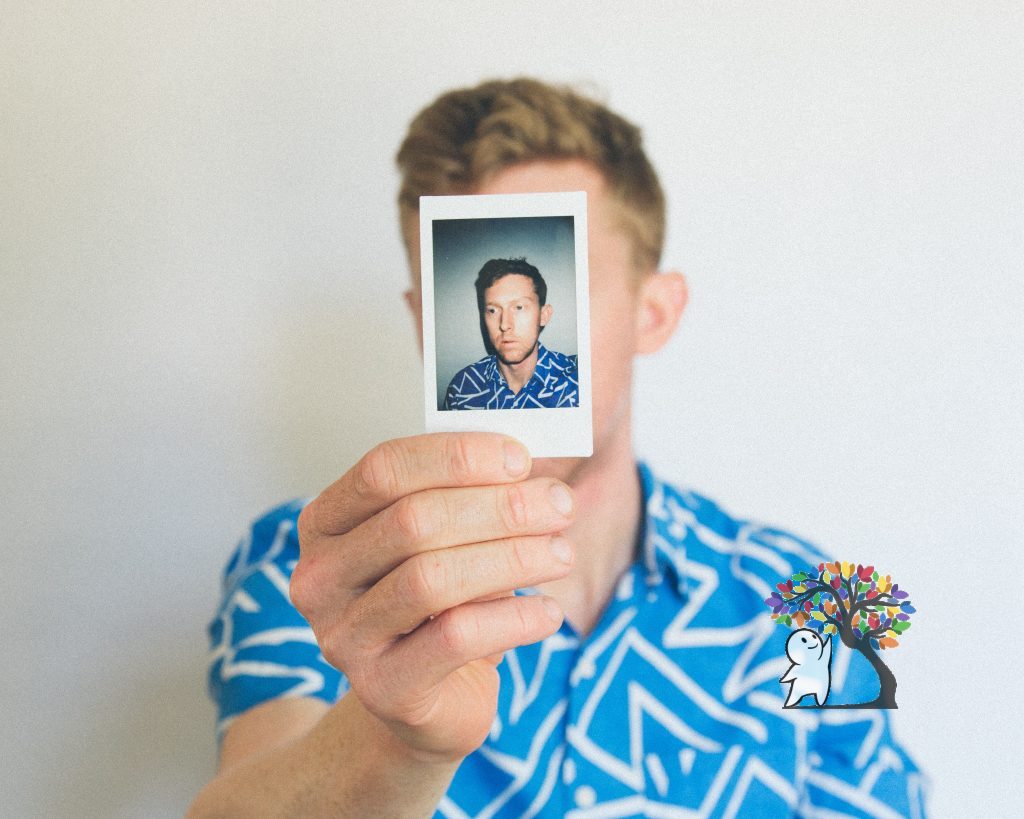Skin Picking Disorder… what is it?

We’ve probably all seen people pick at their skin before, whether it’s a lesion like a pimple, scab, or fingernail. Not everyone who picks at their skin has a problem though. So, what differentiates normal skin picking from abnormal skin picking — one that becomes a disorder? This article will discuss the diagnostic criteria of excoriation (skin picking) disorder according to the Diagnostic and Statistical Manual of Mental Disorders, 5th edition (DSM-V).
Please do not diagnose yourself or others. This article is for informational purposes only. Also, please note that official term for “skin picking” disorder is excoriation disorder; that is the one used by the DSM-V.
1. The person keeps picking at their skin
People with skin picking disorder repeatedly pick at their skin, oftentimes for hours. Skin picking can be automatic (the person doesn’t even realize it), or it can be more focused (the person is well aware that they are picking their skin). Nevertheless, as a result of skin-picking, the person develops lesions (e.g., scabs and wounds) and feels the need to cover it with clothing or makeup.
doesn’t even realize it), or it can be more focused (the person is well aware that they are picking their skin). Nevertheless, as a result of skin-picking, the person develops lesions (e.g., scabs and wounds) and feels the need to cover it with clothing or makeup.
2. The person has tried to stop picking at their skin
The criteria also requires the person to have repeatedly tried to stop picking at their skin, to no avail. They may have reached out to people to help them stop as well. A potential reason why it’s so difficult to stop picking their skin may be because of the pleasurable feelings they get after they pick their skin. This makes sense: if picking their skin makes them feel good, it’s hard to stop.
 3. Skin picking causes clinically significant distress in other aspects of the person’s life
3. Skin picking causes clinically significant distress in other aspects of the person’s life
Skin picking causes the person to experience distress in other areas that matter to them — such as their ability to focus in school or at a workplace. The person could feel shame, embarrassment, or humiliation as a result of the way they act. What are examples of clinically significant distress? One person could avoid all forms of social contact because they are worried about what others may think about picking their skin in public. Another person could avoid attending classes because they are worried about not being able to resist the urge to pick their skin in front of other students.
4. Skin picking must be differentiated from other disorders
As per usual in the diagnosis of a mental disorder, skin picking cannot be attributable to other disorders. In particular, skin picking disorder needs to be differentiated from other similar experiences such as delusions in a psychotic disorder, efforts to improve appearance in body dysmorphic disorder, stereotypies in stereotypic movement disorder, or obsessions/compulsions in obsessive-compulsive disorder.
There you have it — the diagnostic criteria of skin picking disorder as described by the DSM-V. What other psychiatric disorders would you like to learn about? You can learn about personality disorders like avoidant personality disorder in my last article here.
References
American Psychiatric Association. (2013). Diagnostic and statistical manual of mental disorders (DSM-5®). American Psychiatric Pub.




Responses